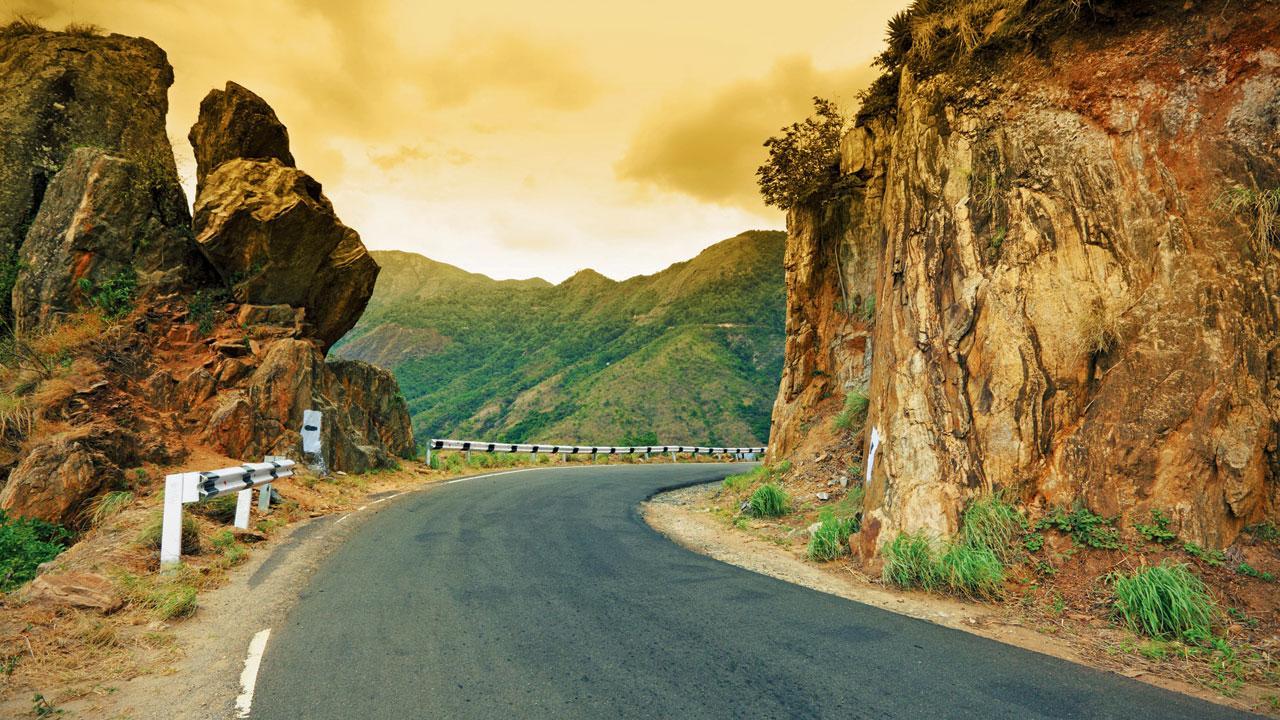Mumbai-based environmentalist says, `Hill development getting out of control`

Even as all-round development across the country’s hills, including the Chardham Road, progresses rapidly, information obtained through the RTI Act route shows there is no designated hill development regulatory authority. Environmentalist B N Kumar raised a query with the Ministry of Environment, Forest and Climate Change of India (MOEFCC) for information on the hill regulatory authority in view of the Silkyara and Chamoli disasters.
An official from the Ministry responded, stating no such information is available. Kumar, also the director of the environment-focused not-for-profit platform NatConnect Foundation, highlighted, “No information regarding any regulation titled ‘Hill Areas Development Regulations’ or any authority named ‘Hill Areas Development Regulation Authority’ is available with this CPIO,” said the email response from Dr Susan George K, Scientist ‘E’ from the Mountain Division of the MOEFCC.
Kumar said that this is a typical response given by the authorities to RTI queries when they have no information, indicating there is no regulatory body governing hill development. Alarmed by landslides and floods in the hill areas, environmentalist Kumar earlier raised concerns with the prime minister and suggested the need for a regulatory body similar to coastal zone management authorities.
The PMO referred the issue to the MOEFCC, which closed it, remarking that there was no specific grievance. “This is shocking since my letter to the PM spoke of Himalayan and other hill disasters,” said Kumar. The concern is also in the context of the Irsalwadi landslide in the Raigad district of Maharashtra.
“Our primary concern is the lack of check and control on mindless infrastructure development in the hills is nothing but an invitation to disasters, which has been proven time and again from Kerala to the Himalayas and Maharashtra to the North-east,” Kumar said. Adding to this crisis is the massive quarrying legally allowed and ignored illegally around Mumbai and in many places across the country, Kumar mentioned.
Various departments, such as forest or the environment, come into the picture, but there is no authority with proper rules and regulations governing hill development, he said. The various Hill Development Councils appear more political than regulatory bodies, he pointed out. Endorsing NatConnect’s contention, Nandakumar Pawar of Shri Ekvira Aai Pratishtan contended that hills are public properties and should not be touched under the guise of development or any other pretext.
Basic infrastructure for people such as tribal and Adivasis settled in the hills may be fine, but not the kind of highway, tunnel, and dam development, which is absolutely criminal, Pawar said. The governments, especially the central one, seem to have developed a thick-skinned attitude when it comes to involving local people before undertaking development in ecologically sensitive areas, he regretted.

Atul Tiwari is a seasoned journalist at Mumbai Times, specializing in city news, culture, and human-interest stories. With a knack for uncovering compelling narratives, Atul brings Mumbai’s vibrant spirit to life through his writing.





